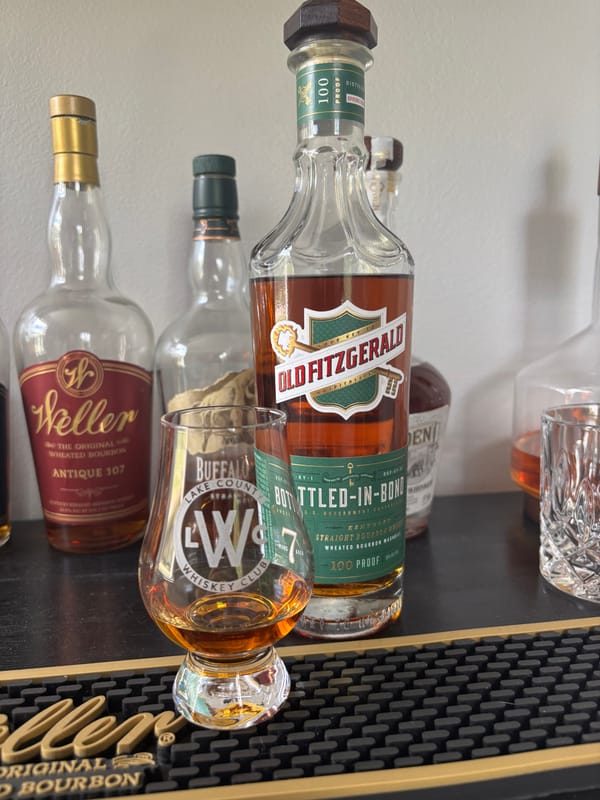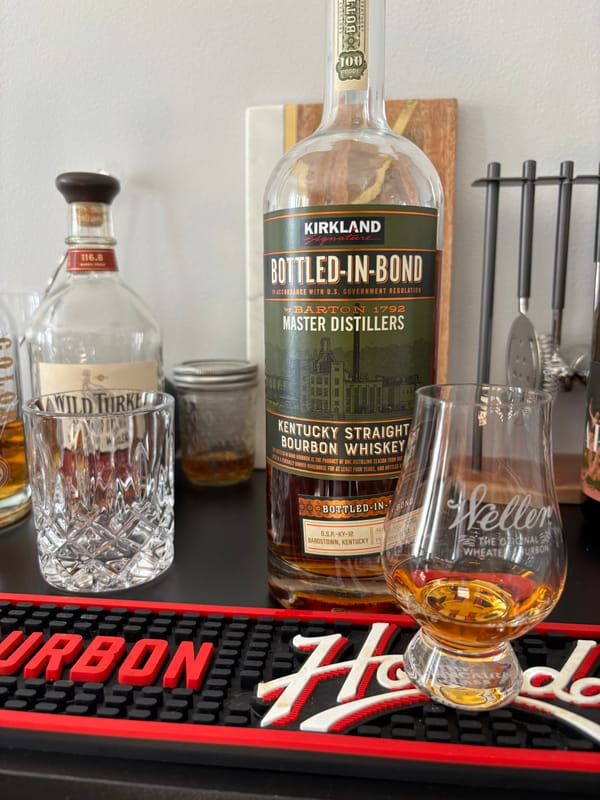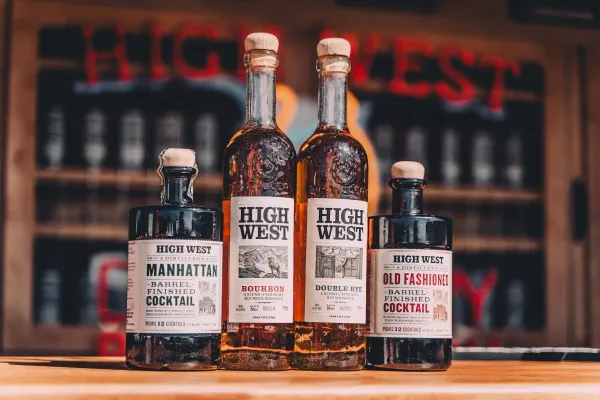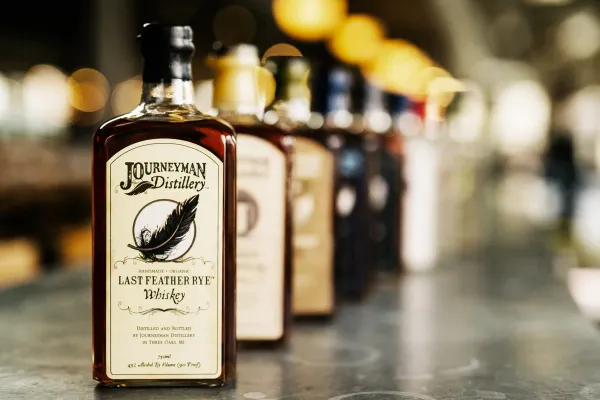Whiskey Distillate Aging Impact: The Time You’ll Wish You’d Aged Sooner

Distillate Aging Impact: The Whiskey Clock You Can’t Miss
Distillate aging isn’t just time—it’s whiskey’s flavor clock, and if you don’t know its tick, you’re missing the rhythm that transforms every barrel. It’s chemistry, not waiting. Here’s the straight truth about whiskey distillate aging impact, from cask to sip, and why it’s your 2025 must-catch.
What Is Whiskey Distillate Aging?
U.S. law sets whiskey—51% grain minimum, 160 proof max distillation, 125 proof max barreling, 80 proof minimum bottling, new charred oak aging. Aging—spirit in oak—melds distillate (120-160 proof) with wood over two-plus years, often four to eight, unregulated duration beyond “straight” (two years). Every whiskey’s depth grows here, no law rushes it.
How Distillate Aging Shapes Whiskey
Distillate—corn, rye, or barley—at 125 proof or less enters charred oak—two years softens raw grain, four to eight years adds vanilla, caramel, and spice. Heat (50-100°F) drives spirit into wood—longer aging deepens oak’s grip, balancing grain’s sweet or spice—every year refines it, no shortcuts work.
What Distillate Aging Means for Your Sip
Young whiskey—two years—keeps grain forward—bourbon’s corn or rye’s spice bites at 80 proof. Long-aged—eight years—oak’s caramel and vanilla lead at 100 proof. Every sip’s maturity—law ensures oak—ticks with this time, no additives fake it.
Why Distillate Aging Matters in 2025
Aging’s whiskey’s flavor clock—by 2025, knowing it could time every pour’s depth, from fresh to full. It’s the truth in the years—don’t miss its tick. Want to taste aging’s rhythm?
Check out NEAT: Whiskey Finder—it’ll help you track down bourbon and whiskey near you.





